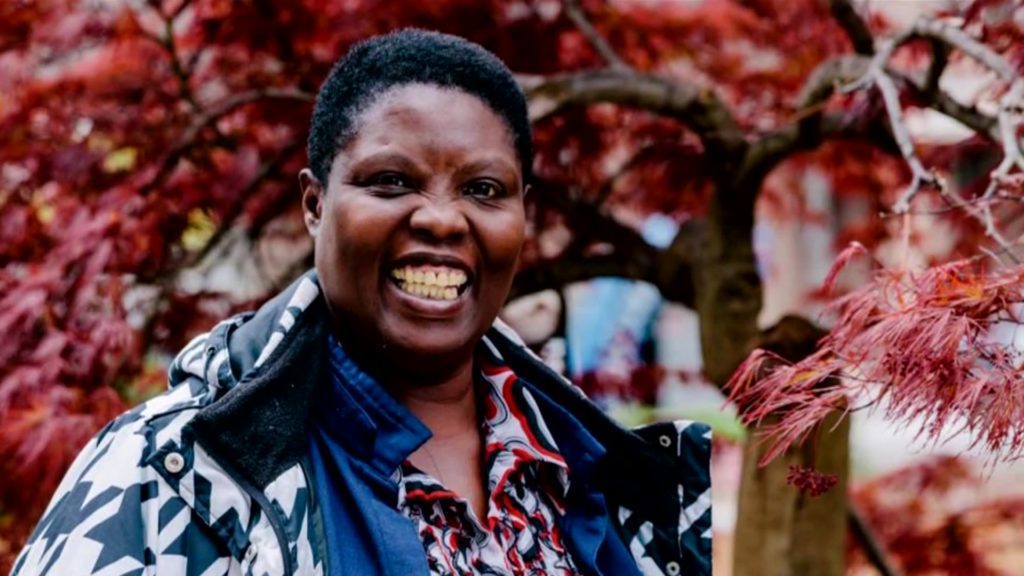Ali Rogin:
Lois Curtis’ incarceration led to her own liberation and that of all Americans with disabilities. Born in 1967, Curtis grew up with cognitive and developmental disabilities. Her family struggled to care for her, and by the age of 11, she was hospitalized, sedated and isolated, but she thought a group home would be better and began seeking help from the Atlanta Legal Aid Society.
They helped her file a lawsuit against the state of Georgia and its Human Resources Commissioner, Tommy Olmstead, when she was 27. She claimed that the state’s continued institutionalization of her constituted unlawful discrimination in violation of the newly passed Americans with Disabilities Act.
The case went all the way to the Supreme Court, where the justices ruled in her favor by a vote of 6 to 3. The landmark Olmstead decision ruled that segregating people with disabilities was unlawful, paving the way for more equitable treatment not only in psychiatric hospitals, but in all facilities receiving state and federal funding.
In later life, Curtis turned to art. She once said, “I came when art began. Painting beautiful pictures is a way to encounter God in the world as it is.” Her work has been exhibited in several galleries and even at the White House. In 2011, Curtis presented President Barack Obama with a piece called “Girl in an Orange Dress.”
Although Curtis was gaining independence, she struggled to find a place that felt like home. The community support she fought so hard for took time to build. Towards the end of her life, she lived in her own apartment with a professional caregiver and a group of people who met regularly to help her achieve her goals.
Curtis passed away in 2022 after a battle with pancreatic cancer. He was 55 years old.
Just as art gave Curtis the freedom to fully express herself, her fight for disability rights has empowered millions of Americans who were once denied inherent freedoms. PBS Newsweekend’s Ari Rosin

